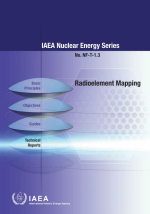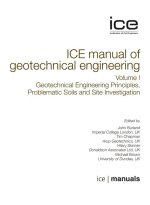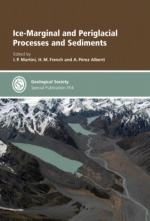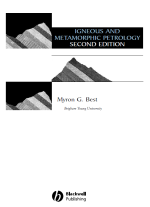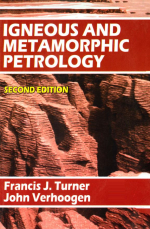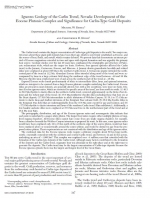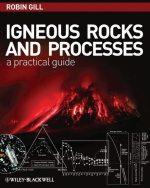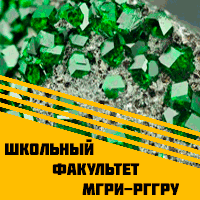The Carlin trend contains the largest concentration of Carlin-type gold deposits in the world. Two major controversies about these giant gold deposits have been their age, which is now firmly established as Eocene, and the source of heat, fluids, and metals, which remains debated. We present data that demonstrate an intense period of Eocene magmatism coincided in time and space with deposit formation and was arguably the primary heat source. Geologic studies over the last 40 years have emphasized the stratigraphy and structure of Paleozoic sedimentary rocks, which are the major ore hosts. However, four igneous episodes affected the Carlin trend, in the Jurassic, Cretaceous, Eocene, and Miocene. A Jurassic diorite-granodiorite laccolith and related dikes were emplaced at about 158 Ma in the northern Carlin trend. A Cretaceous granite intruded the northcentral part of the trend at 112 Ma. Abundant Eocene dikes intruded along most of the trend and were accompanied by lavas in a large volcanic field along the southwest edge of the trend between ~40 and 36 Ma. Miocene rhyolite lavas erupted just west of and across the southern part of the trend at ~15 Ma.


